-
 © Tony Baker/Classic & Sports Car
© Tony Baker/Classic & Sports Car -
 © Tony Baker/Classic & Sports Car
© Tony Baker/Classic & Sports Car -
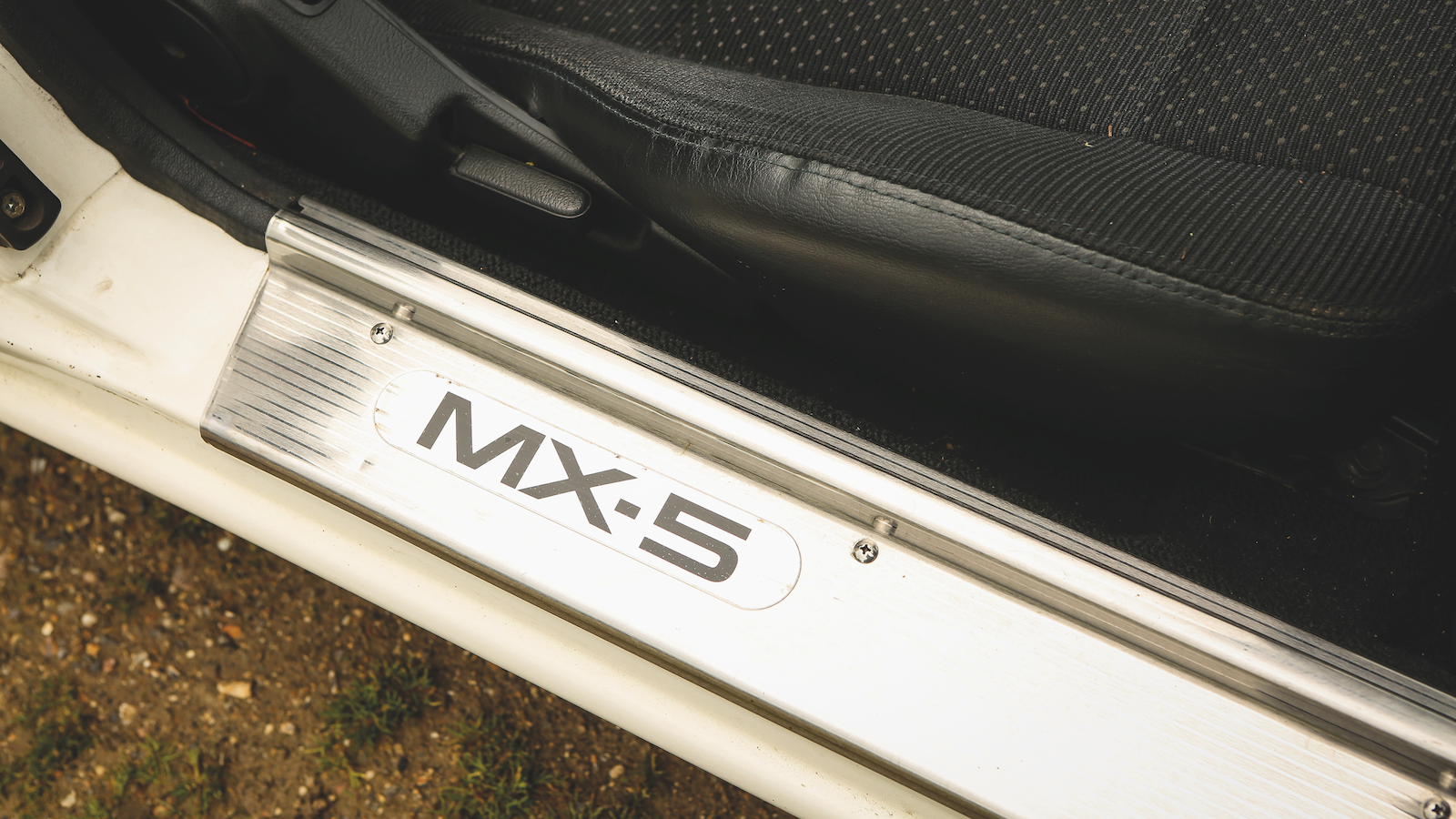 © Tony Baker/Classic & Sports Car
© Tony Baker/Classic & Sports Car -
 © Tony Baker/Classic & Sports Car
© Tony Baker/Classic & Sports Car -
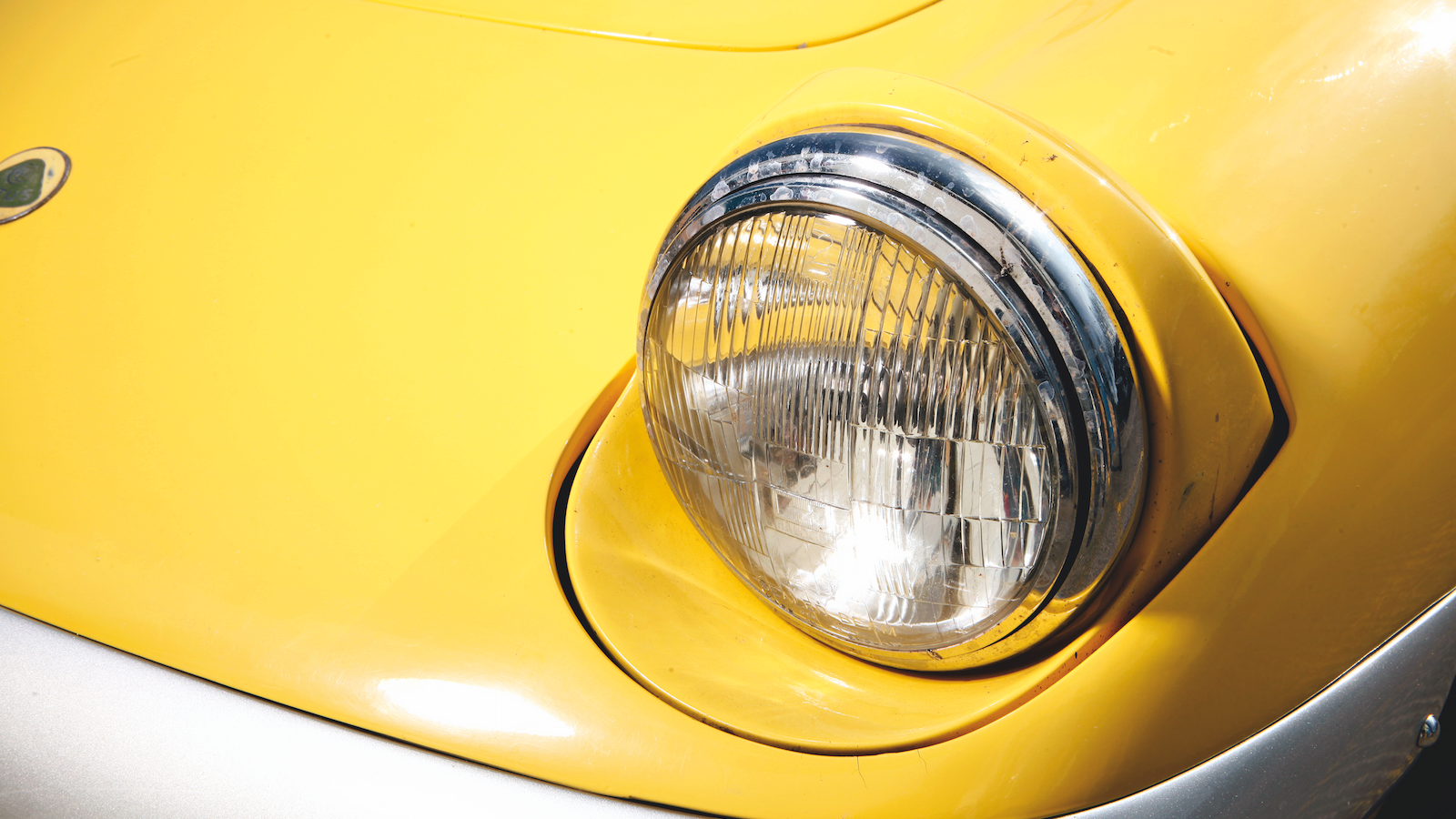 © Tony Baker/Classic & Sports Car
© Tony Baker/Classic & Sports Car -
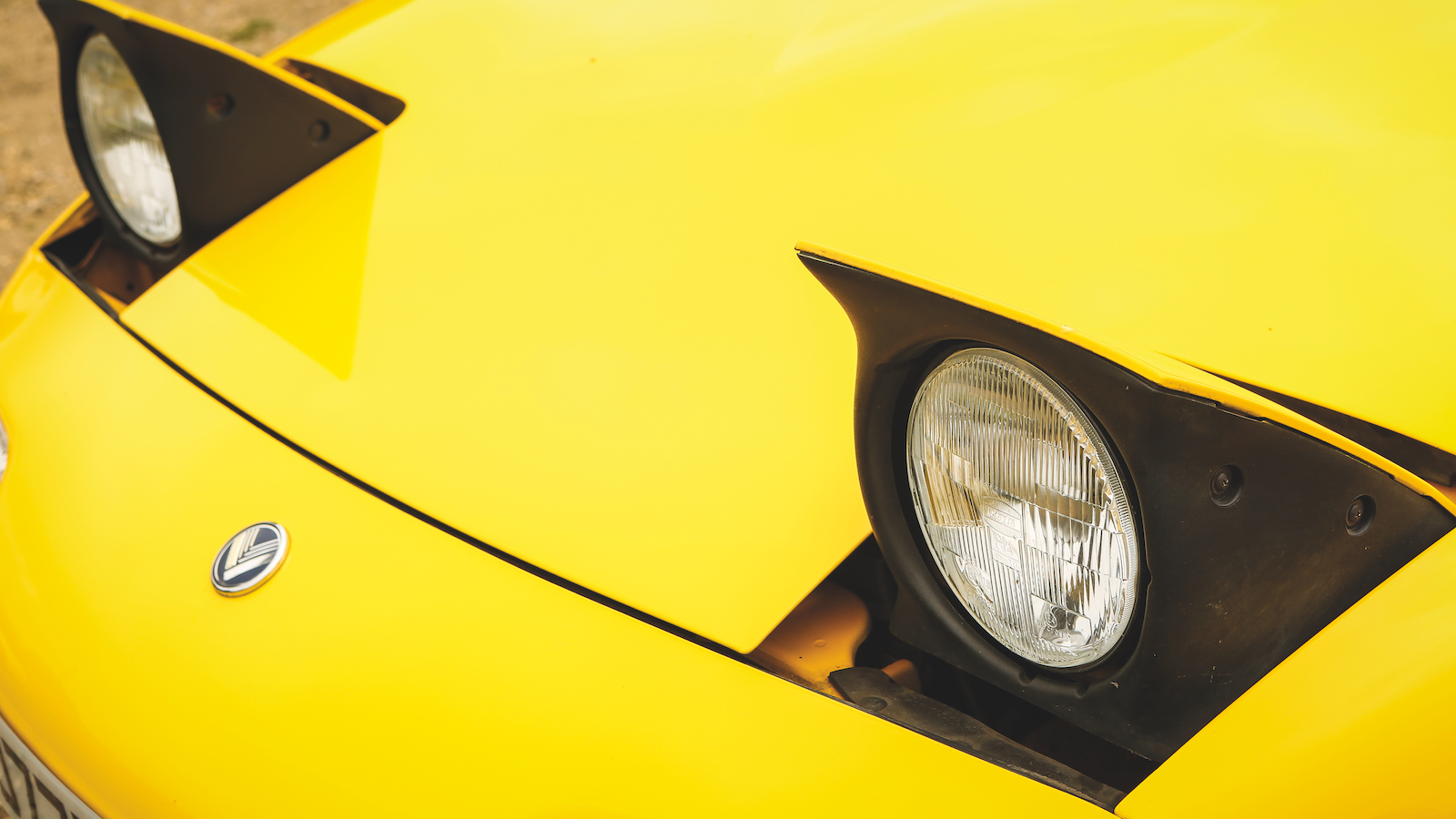 © Tony Baker/Classic & Sports Car
© Tony Baker/Classic & Sports Car -
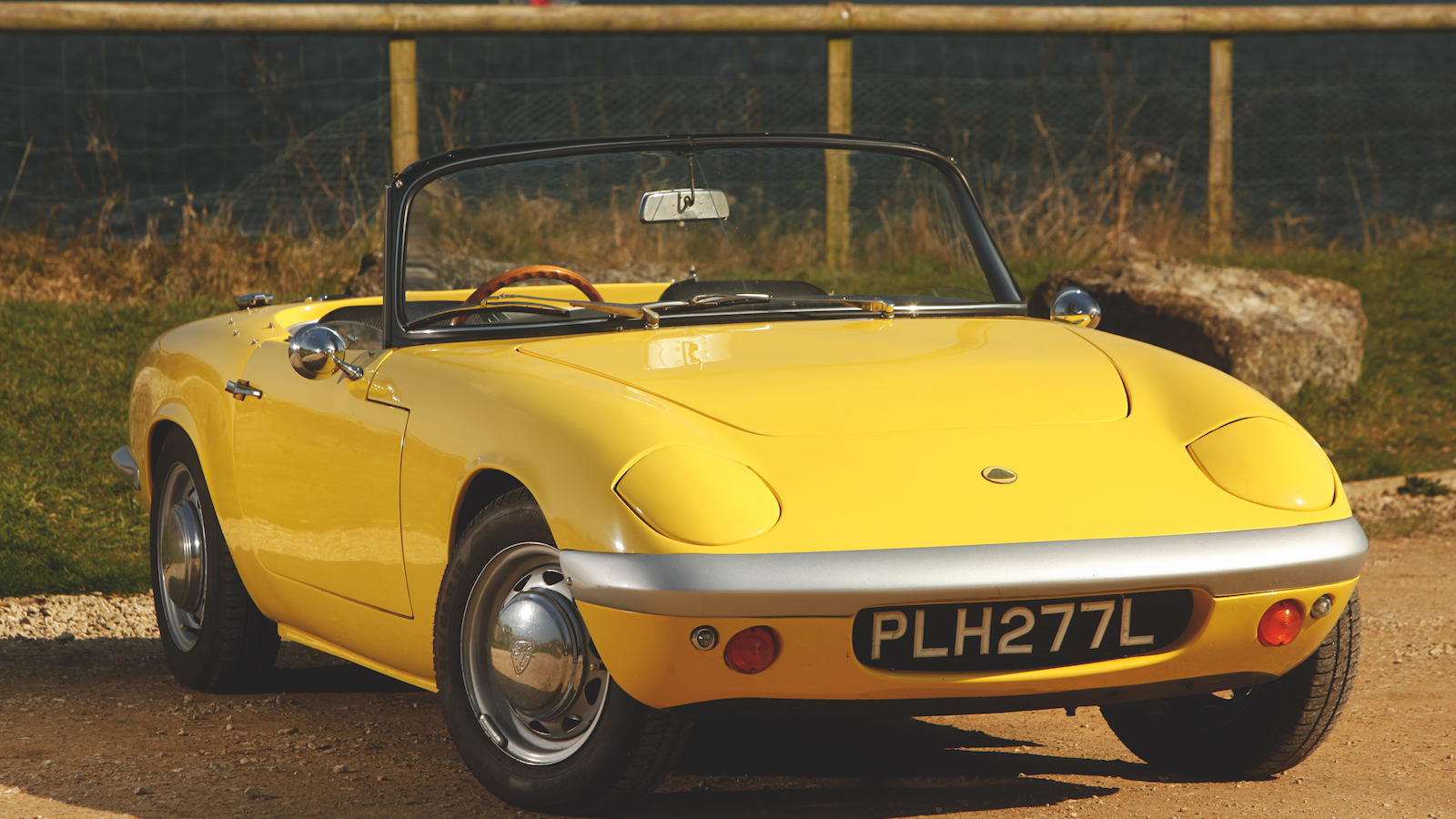 © Tony Baker/Classic & Sports Car
© Tony Baker/Classic & Sports Car -
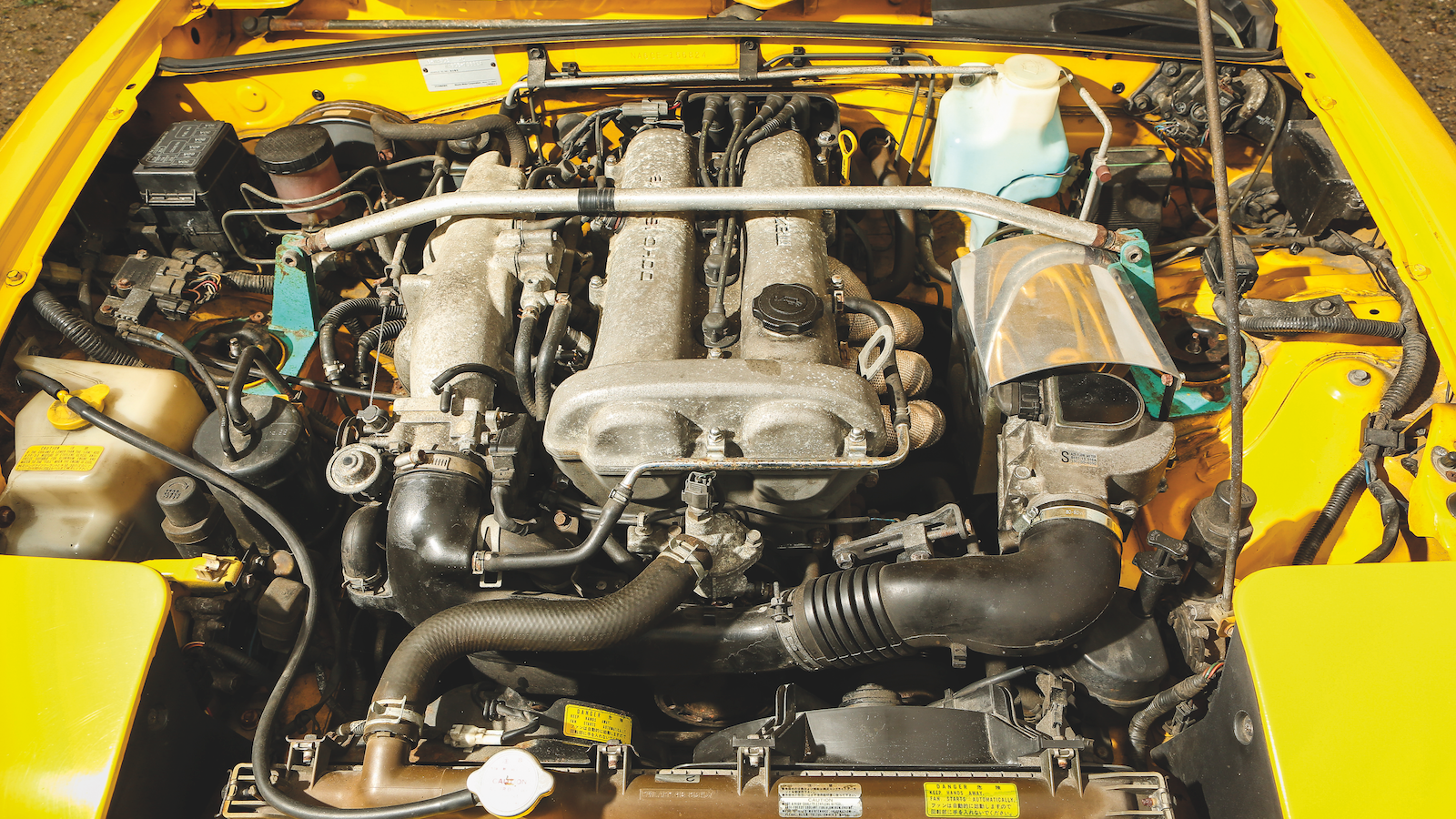 © Tony Baker/Classic & Sports Car
© Tony Baker/Classic & Sports Car -
 © Tony Baker/Classic & Sports Car
© Tony Baker/Classic & Sports Car -
 © Tony Baker/Classic & Sports Car
© Tony Baker/Classic & Sports Car -
 © Tony Baker/Classic & Sports Car
© Tony Baker/Classic & Sports Car -
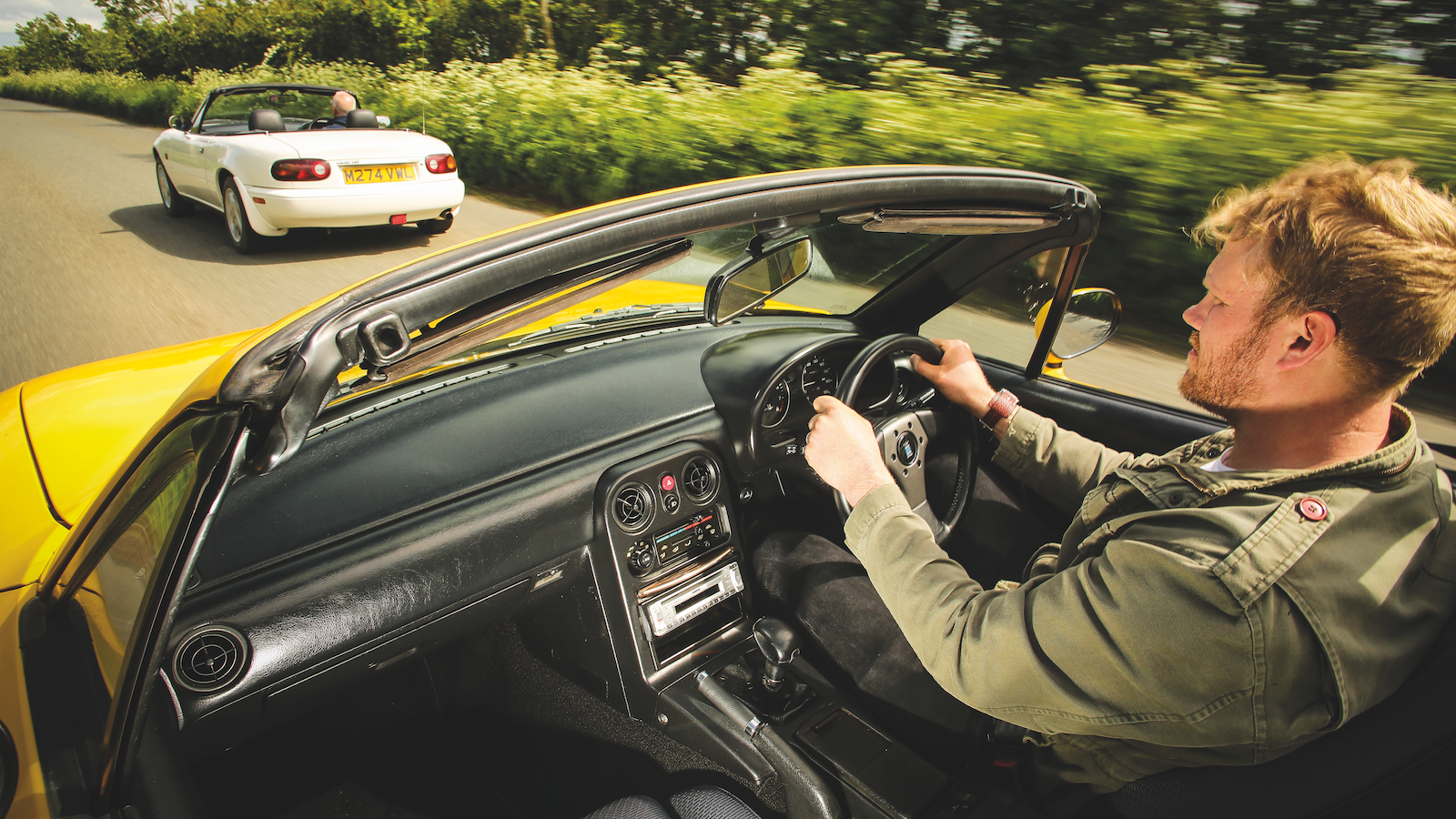 © Tony Baker/Classic & Sports Car
© Tony Baker/Classic & Sports Car -
 © Tony Baker/Classic & Sports Car
© Tony Baker/Classic & Sports Car -
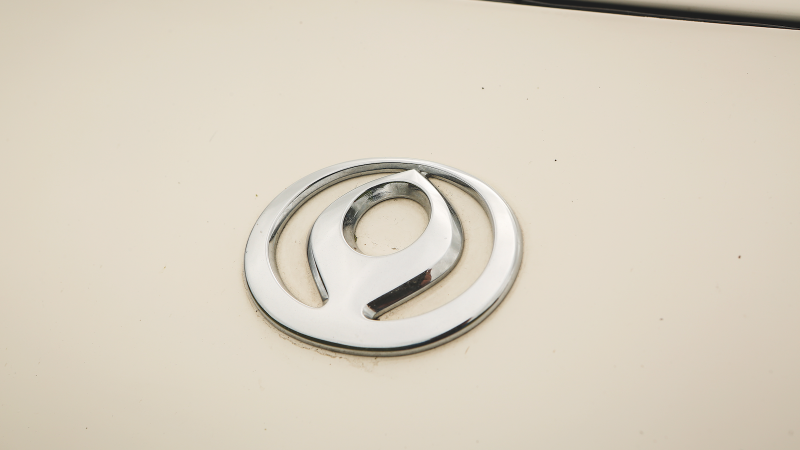 © Tony Baker/Classic & Sports Car
© Tony Baker/Classic & Sports Car -
 © Tony Baker/Classic & Sports Car
© Tony Baker/Classic & Sports Car -
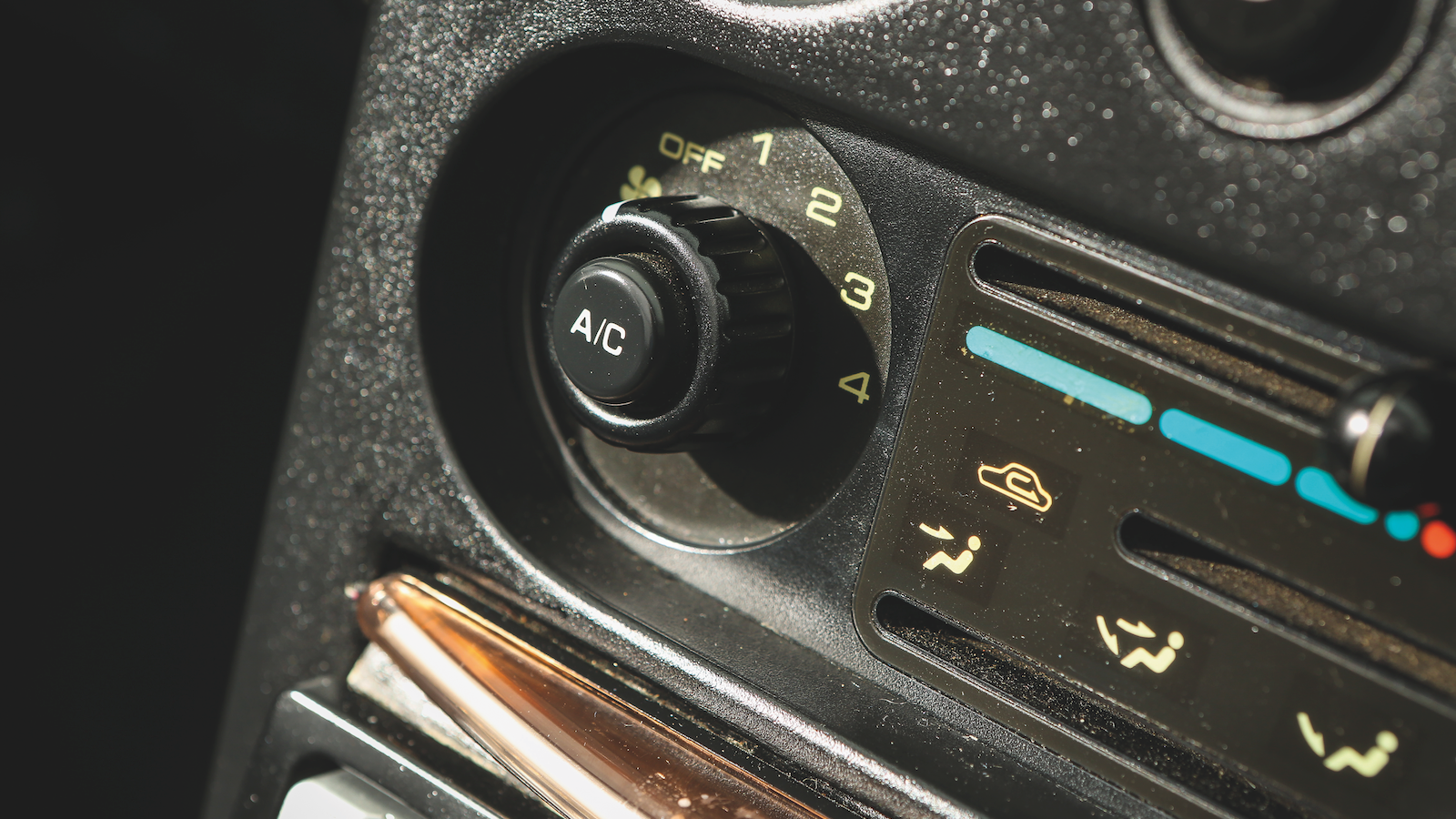 © Tony Baker/Classic & Sports Car
© Tony Baker/Classic & Sports Car -
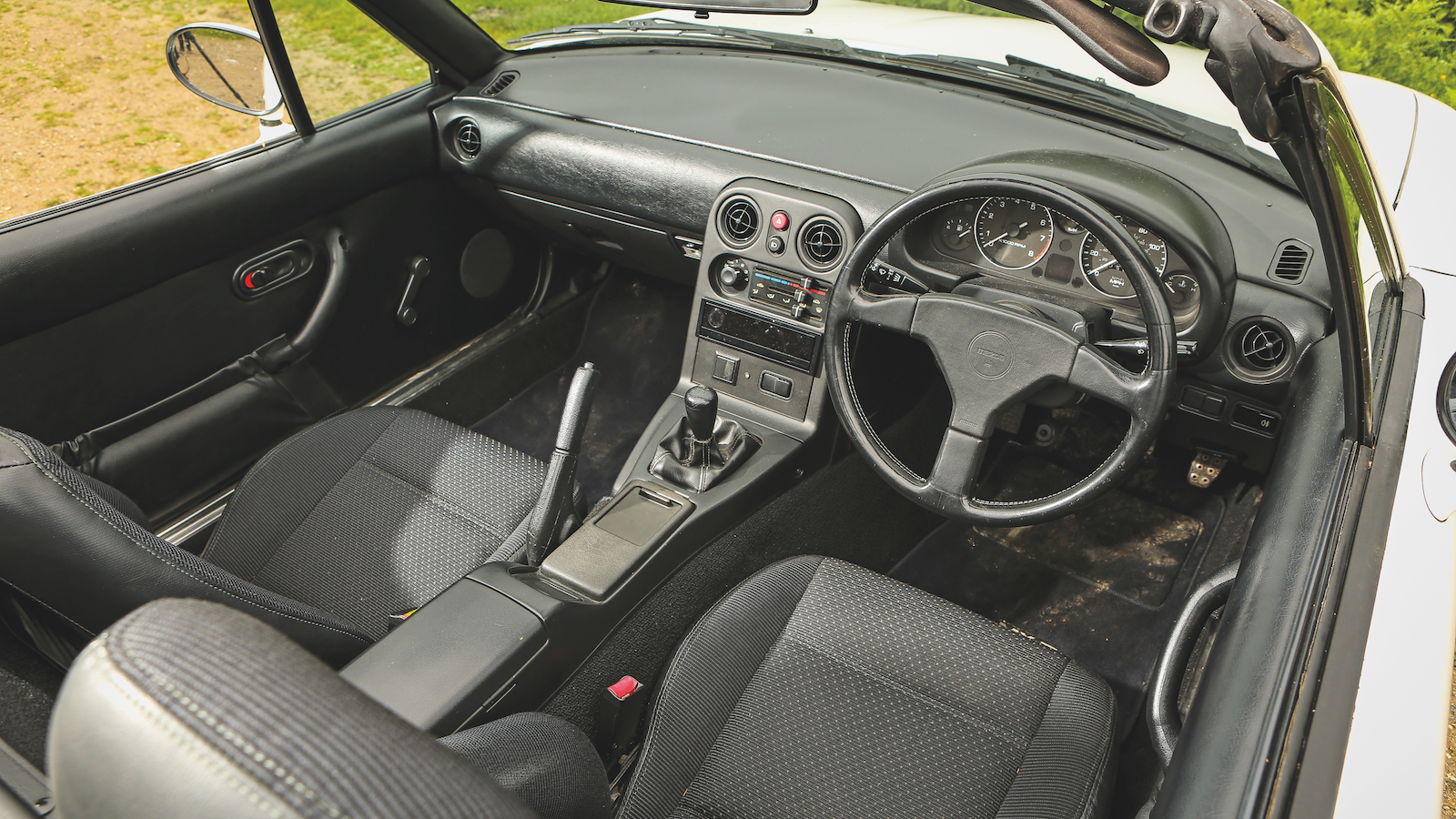 © Tony Baker/Classic & Sports Car
© Tony Baker/Classic & Sports Car -
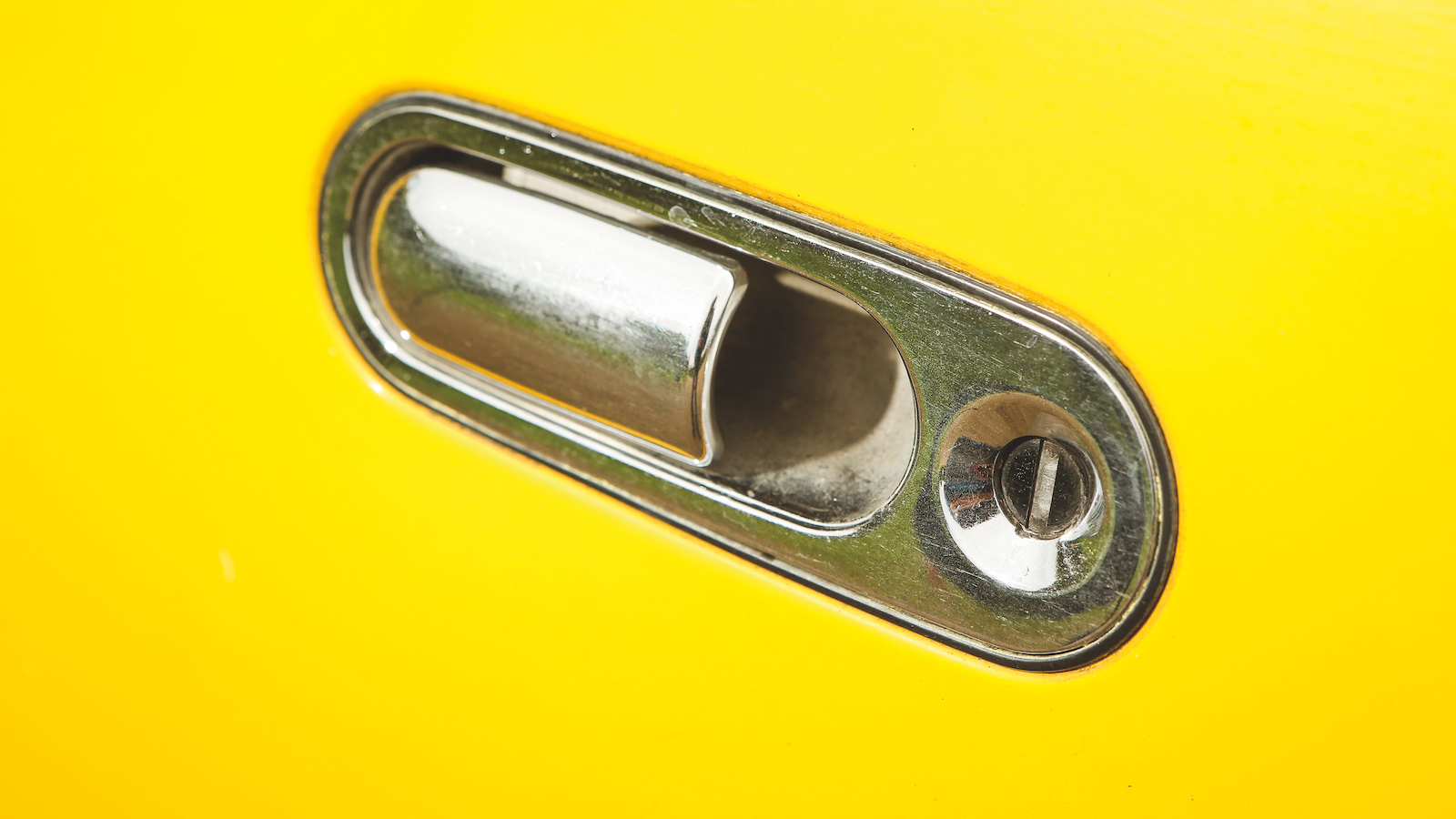 © Tony Baker/Classic & Sports Car
© Tony Baker/Classic & Sports Car -
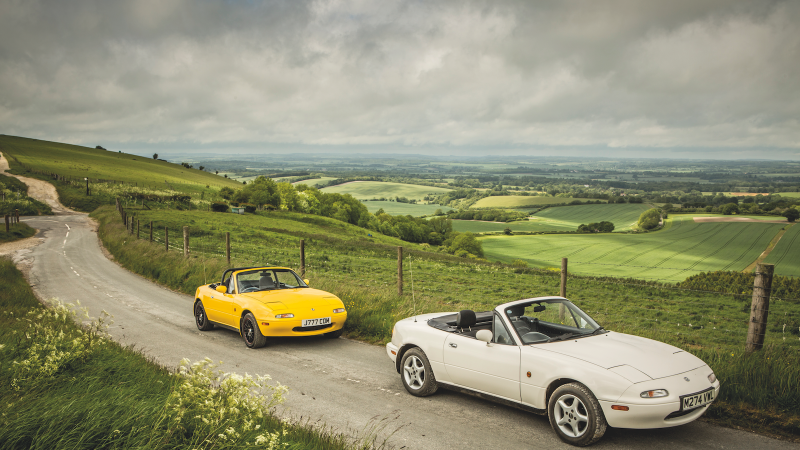 © Tony Baker/Classic & Sports Car
© Tony Baker/Classic & Sports Car
-
Doing featherweight fun better than the Brits since 1989
Many of history’s best-loved classics weren’t always adored. In fact, plenty were slated at launch – only coming good, like coal to diamonds, through the passing of time.
Not so the MX-5. A legend in its own lifetime, the Japanese roadster won the public’s love from the moment it first appeared at the Chicago Motor show in 1989. And it’s easy to see why: the humble Miata is design perfection.
Thirty years later and its popularity is as strong as ever. Now the best-selling roadster model of all time, the marque has shifted more than a million units – some 431,000 of which were Mk1 machines.
Which is excellent news, because the Mk1 is still one of the best modern classics you can buy for less than £5k. Or even £10k. Or even more. Here’s why – and how to choose a good one.
-
A very British field
It’s easy to assume that the multi-talented MX-5 was always destined for success, but for Mazda it was very much a gamble – albeit a calculated one.
See, at the height of the convertible’s popularity, successful roadsters were overwhelmingly British, from the Healeys and Jaguar XKs of the 1950s to the Triumph Spitfires, MGBs and Lotus Elans of the ’60s and ’70s.
-
Reborn in the east
By the early ’80s, however, the industry was in turmoil, and the death of the MGB heralded the end of the affordable convertible era.
Well, in Britain at least – because, even as the UK’s most successful roadsters were being dragged down by the demise of British Leyland, wheels were in motion that would result in the rebirth of the genre some 5000 miles away.
-
Great minds
When American motoring journalist – and later Mazda employee – Bob Hall first suggested a cheap and accessible lightweight sports car in 1979, he had no idea that a similar thought was harboured by Shigenori Fukuda, head of Mazda’s North American Product Planning & Research arm.
When the pair met at Pebble Beach in 1983 the seed was planted, and a brief was soon sent back to Japan. It would form the genesis of the MX-5 project.
-
Made like a Lotus
The MX-5 would owe much to its British predecessors – if not its reliability and consistent built quality.
In the course of Mazda’s research into the roadster, it shipped a Lotus Elan out to the land of the rising sun, so it could capture and recreate the magic that made it one of the best-handling sports cars of all time.
-
Look into the eyes
Viewed together, it’s easy to see the similarities between the two designs: from the rear lights and pop-up headlamps to the sweeping body shape and overall proportions, the MX-5 aped the lithe Elan in much of its design. And that likeness was more than skin-deep.
-
Mirroring the master
It wasn’t just looks that made the Elan so good: its impressive performance came from a nippy twin-cam engine, capable of propelling the lightweight roadster from 0-60mph in just 7.6 secs and on to a top speed of 118mph.
Unsurprisingly, Mazda decided to follow suit, using a 1.6-litre fuel-injected unit from the Familia GT as the base.
-
Refined for extra fizz
All good? Sadly not: tuned for low-down torque, the saloon’s engine didn’t have the zip Mazda needed for its new roadster – so various elements of the motor were modified to allow higher revs.
The result? A power unit that bore more than a passing resemblance to the fizzy twin-cam ones used by Alfa Romeo, Fiat and, of course, Lotus. Which was good news.
-
More horses for the heavy
That peppy 1.6-litre powerplant would probably have remained the top-spec motor for more than five years, were it not for a regulation change that saw the 1994 cars gain weight. To retain the performance for which the MX-5 had already become known, Mazda increased capacity to 128bhp, strengthened the body and increased the brake size.
Despite the extra weight, the car managed to retain its labrador-like enthusiasm for chasing shadows down B-roads and continue the already fabled legacy of Mazda’s reborn roadster.
-
Scooby who?
But which one of the early classics should you buy today? If the full-fat 1.8-litre variant is Scooby Doo, then the 1.6 is surely Scrappy.
The smaller block fitted to the earlier car might be 16bhp short on its successor, but its peaky, rev-happy performance more than makes up for the difference. Sure, the heavier 1.8 is lively in isolation, but it’s the 1.6 that delivers the most immediate thrills.
-
Different beasts and how to drive them
That’s not to say that the bigger engine is inferior – it’s still a brilliant piece of engineering – just that it has a more mature, less aggressive delivery than the near-instant throttle response of the ever-so-keen 1.6.
On the road, the 1.8i feels more docile and less eager to please. It certainly needs a good shake before it wakes up – but, once you’ve given it the gas, the four-pot sings just as sweetly as the smaller engine, and it’s noticeably longer-legged once you start flirting with the national speed limit.
-
Steering to success
And it pays to remember the MX-5’s true strength. Forget power figures and sprints off the line: sublime handling made the Japanese sports car a true legend – and it’s a characteristic shared by both iterations of the Mk1.
Mazda’s engineers took great care to ensure the car was perfectly balanced and that shows on twisting back roads. Body roll is minimal, even when you’re pushing, while the suspension ensures all four wheels remain in close company with the road.
-
Development good, change bad
Of course, options do make a difference. Drive a Mk1 Miata with power steering and you’ll get fluid and eager assistance with sharper turn-in and a lighter feel than the base-spec car.
In truth, though, any Mk1 will offer the nimble and agile driving dynamics that made the model so famous – the same characteristics that were gradually muddied over subsequent generations, until the latest variant returned to the lightweight, no-frills fun of the original model.
-
Bank-friendly fun
The other reason for the MX-5’s resounding popularity in the 1990s? Its sheer affordability at a time when many sports cars cost the earth.
And that’s even more true today. Thirty years on from its launch – and 29 years since the first car hit British shores – huge production figures have resulted in a buoyant market for second-hand Mk1s. Good runners can be had for as little as £1500 – or even less, if you’re happy to do a bit of tinkering.
-
All good, whatever the name
In the market for some Mk1 magic? In terms of value, there’s little to choose between 1.6-litre cars and the later 1.8 models – though post-1995 1.6-litre versions are only good for an asthmatic 88bhp.
As for origin, insurance companies now care less about where your MX-5 came from. Say ‘Eunos Roadster’, if you like, but they’ll only eye you uneasily before writing ‘MX-5’ on the form.
-
Not all specials are equal
There’s also not much to choose between standard cars and special editions, despite the rarity of some versions.
Most simply featured different interior trim, though a few can be worth the extra outlay: the VR-Limited, for example, featured upgraded suspension, flywheel and front strut brace, while the RS-Limited sported lightweight Recaro bucket seats that can change hands for more than a grand today.
-
Plenty to choose from
Otherwise, you’ll find that most MX-5s fall into the £1500-5000 range, with higher prices reserved for low-mileage examples. For a tidy, usable car, a budget of £2000 should be plenty – and your money will go even further if you don’t mind opting for an automatic. Manuals remain the most popular, which means auto-boxes can make for bargains.
-
Watch out for the worm
Thinking of a bottom-end purchase? There are a few common problems to watch out for. Chief among these is tinworm, especially on imported Eunos Roadsters, which don’t benefit from as much rust-proofing as British cars. Fine if you’ve just imported it yourself, not so much if it’s been exposed to UK roads for any length of time – and the rot can often be deep.
-
A fruity featherweight you won't regret
Buy a peach, though, and you’re sure to be hooked. That the MX-5 went for so long without being facelifted is proof that the designers got it right first time.
The two-seater roadster genre wasn’t just revived by the MX-5 – in many ways, it was reinvented. Many have tried to emulate it, but none have come close to matching its timeless styling, dynamic handling and natural willingness to hit the open road. It’s a surefire future classic and one you should buy right now.
Click here to view Mazda MX-5 Mk1 classic cars for sale in our classifieds section
